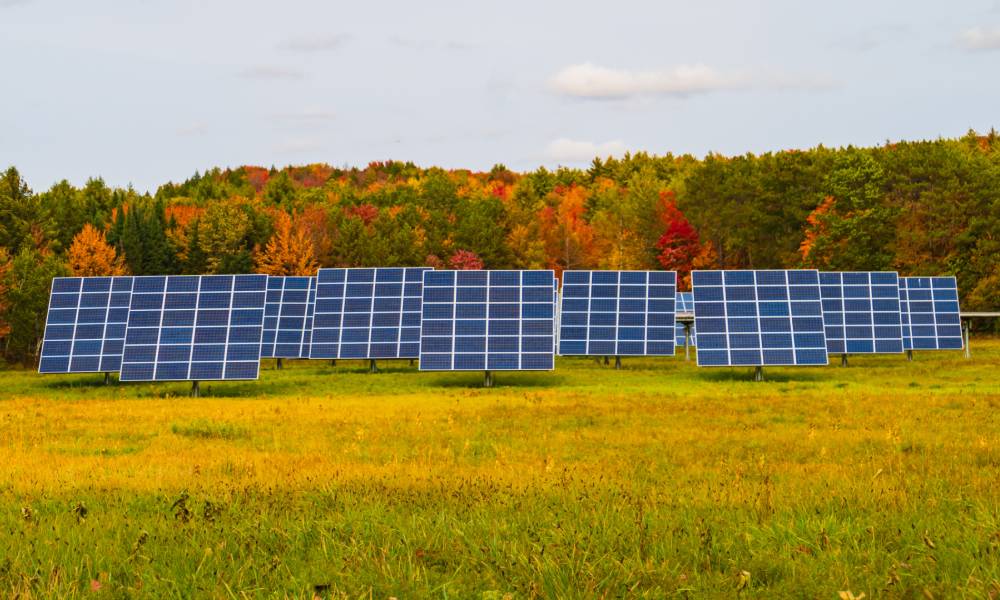Venturing into solar farming presents a unique opportunity for farmers to convert idle or underutilized land into a lucrative, eco-friendly power plant. Utility-scale and community solar projects are at the forefront of solar farming, rapidly growing the renewable energy movement. However, you may wonder, “What’s the difference between the two, and why does it matter?”. Check out our brief guide on utility-scale vs. community solar farming.
What Is Utility-Scale Solar Farming?
Utility-scale solar farms are large-scale operations designed to generate electricity for thousands of homes. Typically, these projects extend over hundreds of acres, harnessing the sun’s power to produce energy on a massive scale. These farms feed the electricity they generate into the national grid, contributing significantly to a country’s energy mix.
Utility-scale solar farms necessitate substantial investment but offer high efficiency and large power output, making them an essential part of society’s transition to renewable energy.
What Is Community Solar Farming?
Community solar projects empower local communities to benefit directly from solar energy without having to install panels on individual properties. These projects are smaller and more localized than their utility-scale counterparts but provide a vital service. They make solar energy accessible to those who might not have the means or space for residential solar installations.
Participants who want to use the community solar energy usually subscribe to a portion of the solar farm. Each user receives credit on their electricity bills for the power produced, fostering local investment and interest in renewable energy.
Key Differences
The differences between utility-scale and community solar farming revolve around each project’s approach to scale, ownership, and accessibility.
Scale and Scope
Utility-scale projects cater to a broader audience, generating electricity on a scale sufficient to power entire cities. Community solar focuses solely on local consumers and businesses, granting them access to renewable energy through a shared model.
Investment and Ownership
Large companies or government entities generally own utility-scale farms, requiring colossal capital. Community solar farms, however, entail smaller, more distributed investments, often funded by community members or local businesses.
Impact and Accessibility
While utility-scale projects significantly impact the energy sector, community solar farms excel in democratizing access to green energy, allowing wider community involvement and direct benefits.
Choosing the Right Solar Project
Deciding between utility-scale and community solar farming is one of the many considerations of joining a land management solar energy project. Your choice of investment depends on individual or collective goals, available resources, and the desire for involvement in renewable energy initiatives.
Community solar projects offer a more personalized approach, letting participants see the direct results of their investment. Utility-scale solar, however, is fundamental in shifting the larger energy paradigm towards sustainability.
Utility-scale and community solar farming are indispensable in our shift toward renewable energy. Stakeholders can make informed decisions that align with their values, capacities, and aims in the broader quest for a sustainable future by understanding the nuances of each.









